Updated: November 5, 2010
You are not going to believe me, my wife and I decided to create life. No, not children! Scratch that. Children are overrated. Instead, we decided to go for the classic Frankenstein experiment. Take dead tissue and animate it. Now, you may find this highly implausible. How come you, Dedoimedo, despite your infinite skills, managed to do something scientists have struggled against throughout all the known human history?
Well, you will have to read this article. First, a short explanation on life. Then, a powerful and entirely authentic VIDEO demonstration of the experiment, showing how an inanimate object is brought to life. We will simulate the creation of life. We will take basic life ingredients, assemble them into amino acids and then tell them to dance. Lastly, I'll give you a sneak peak into the multimedia production behind this great experiment.

Are you ready? Plunge in! And don't forget to watch the Youtube video. It's really stunning, a masterpiece of history, culture, cinematography, and effects. I bet my left kidney on it.
Definition of life
This has been a philosophical and existential question for countless generations. Scientists, pseudo-scientists and lackeys worldwide have tried to give life their own definition, often mixing religion and culture into the equation.
But none of these are correct. Here's the definition of life: It's a disturbance of negative entropy in the pool of positive entropy. The Universe is trying to cool down. Humans, on the other hand, try to keep warm. They consume energy so they can retain their above-normal body temperature and functionality. This lasts for a while, until we run out of telomerase. In this sense, life is a ticking time bomb, and telomerase is the fuse. The only way to cheat life is by merging human male and female DNA, which resets the clock on the time bomb, allowing for fresh telomerase, and round we go again.
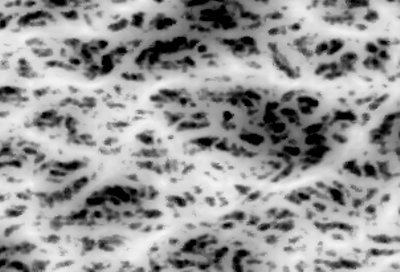
Did amino acids forms in the primordial swamps? Perhaps. It does not really matter. But the fact we live for such a short time and disintegrate into our basic components indicates a cyclic reaction. Which is why humans have always strived to make life from basic ingredients - and failed - but I have succeeded!
The Frankenstein Experiment video
Now the good part! To make a great experiment, you need three things:
1) Someone narrating in either Russian or German
All good experiments are conducted in either Russian or German. Other languages just don't cut it. To this end, I've narrated the entire procedure in Russian, even though I'm no Russian speaker, so this makes for a very beautiful experiment of its own. But no worries, you have English subtitles embedded. But you need Russian to fully appreciate the language stuff.
2) Spooky atmosphere
To this end, the movie quality is deliberately distorted with a bit of grain, grayscale, sepia, old movie flicker, and scratch marks. The pitch of my voice is subtly changed to sound high and nervous, as befitting a great Russian scientist about to inflict a Dr. Strangelove thingie unto the world. The movie intro scene is modified accordingly.
3) A good theme
Nothing like taking a dead thing and bringing it to life, the ultimate idea. In order not to spoil the surprise, I won't tell you what happens in the movie. But we have a moment of evolution there. Now, don't worry, nothing gross or morbid or gory. It can be safely viewed by anyone above the age of 13 or so.
Last but not the least, the usual disclaimer, do not try this at home.
Now, the video. Rolling ... Trrrrrrrr ...
And Youtube link for those of you who do not like the embedded stuff:
Dedoimedo Frankenstein Experiment
Damn, lovely isn't it? It can easily contest against major movies, including anything made before 1985 in terms of effects quality. And if you know Russian, you must watch this! Dostoevsky has less class and fun than this video! And it's not just the setting, the plethora of high-quality effects, the accent, the wording, or the deliberately skewed translation, it's everything. The integration of separate scenes, the not so well aligned parts, the Russian English precarious coexistence, the 0.9% saline solution. You have to think these things through. This is what separates real artists from wannabes.
How did I make this Oscar production?
Ah, a good question!
We will have a detailed, separate article on this one. For now, just a few snippets.
First, I prepared the setup and used a standard video camera to record the action. Next, I did the initial merging of videos using a command line utility called mencoder. But then, I changed the codec and the framerate using Avidemux. After that, I did the bulk of really cool effects in Kdenlive, a powerful free video editor.
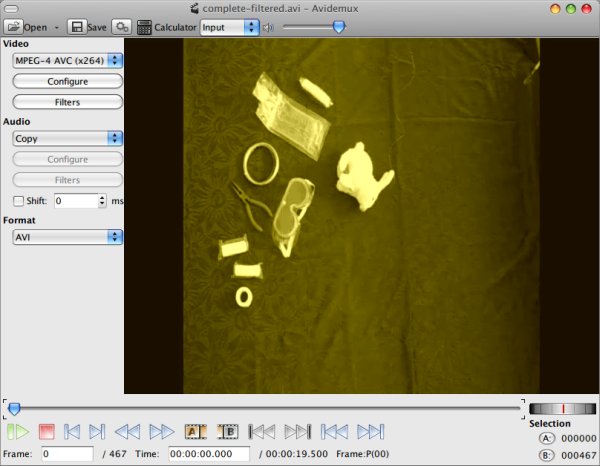
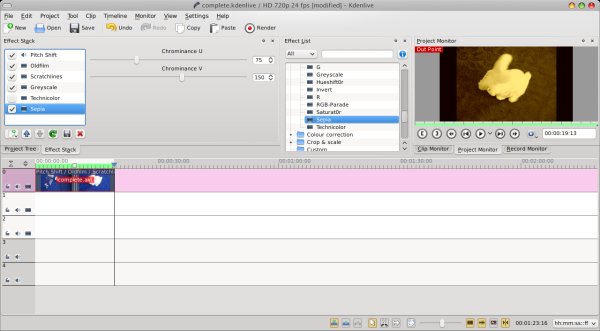
The next step was to create subtitles, which is what Subtitle Editor is for. You type in your text, including the exact timing on the screen. After that, I embedded the subtitles using Avidemux. I used GIMP for intro slideshows. Some basic bash to replicate the single images, then more command line stuff to splice the individual frames into a short video transition, plus some more effects in Kdenlive. Finally, merge it all together using ffmpeg and mencoder.
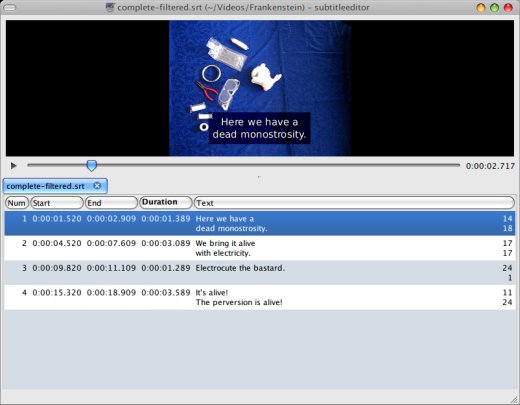
All of this using my Macbuntu, a Mac-ified Ubuntu, with all of the tools available in the repositories, running on top of my multi-booting but all Linux LG RD510 machine with an Nvidia card and lots of RAM for quick and smooth video processing.
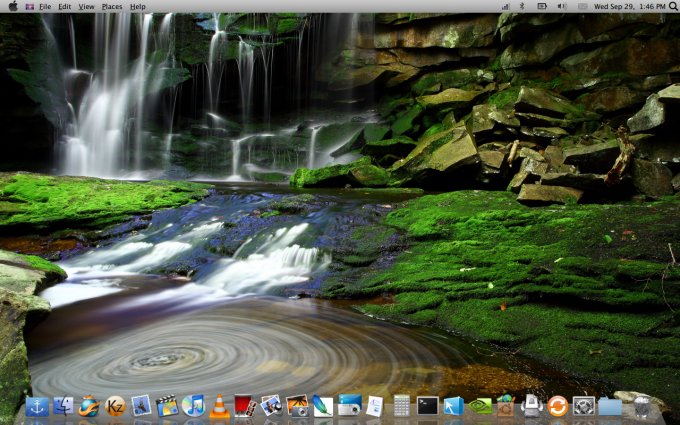
Damn powerful, eh?
Conclusion
I really, really, really hope you loved this thing. It's a revolution. By all means. A bit of daring physics, a bit of wild choreography, a bit of multimedia hacking, a bit of fun. It's all there. A perfect whole-family entertainment. Even if you hate this thing entirely, you must appreciate the effort. It's even better than my Cornflour experiment!
Well, if you have any other crazy ideas for physics experiments, feel free to ping me. It's alive, it's alive!
And share, my darlings, share!
P.S. The teaser image is mostly public domain.